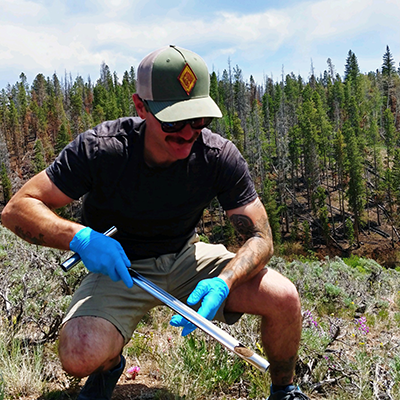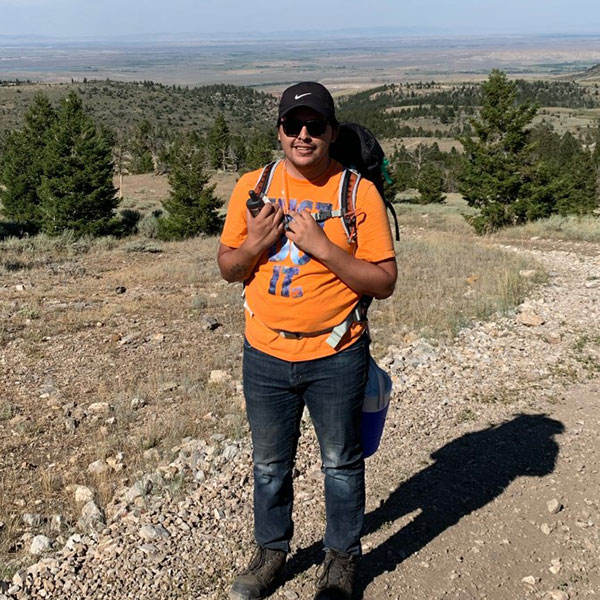No Slides Entered.
Amy-Marie Storey - Understanding Parasite Dynamics in Native Bumble Bees
Amy-Marie Storey
Don and Judy Legerski UW Teton Graduate Scholars in Biodiversity Fellowship
Department of Zoology and Physiology
Graduate Advisor: Lusha Tronstad
Background:
Wild bees enable ecosystems to operate and perform critical pollination services, but many species are declining; declines in wild bee abundance and diversity have been documented across much of the globe and the Intermountain West. Bumble bees (Bombus) are noted for their efficient pollination and ability to “buzz pollinate”; 225,000 plant species including many wildflowers benefit from this type of pollination. Unfortunately, bumble bee populations are no exception to the long-term declines in pollinators.
The decline of bumble bees has been attributed to many drivers, from habitat loss and fragmentation, to the use of certain pesticides, and the spread of parasites among bee communities. However, this research is incomplete; we know that parasites have caused major declines in bumble bees in the western US and some cases suggest that bee parasites are significant to the health of wild bees, but the extent to which they affect bees in the Rocky Mountain region remains a research priority. Without more information, management plans cannot comprehensively address bee decline causes. Filling this information gap with data about parasite loads in different populations and habitats, and the circumstances of differing parasite loads would be a strong first step for management plans of bumble bees in the western US.
The objective of this project is to equip wildlife managers and researchers with foundational data on bumble bee parasites and the conditions of parasitism. To achieve this, we are 1) surveying bee communities and sampling bumble bees, 2) measuring parasite loads of a variety bee species in different ecoregions using PCR and 3) comparing parasite loads to explore significance of different biological and environmental factors.
Share This Page
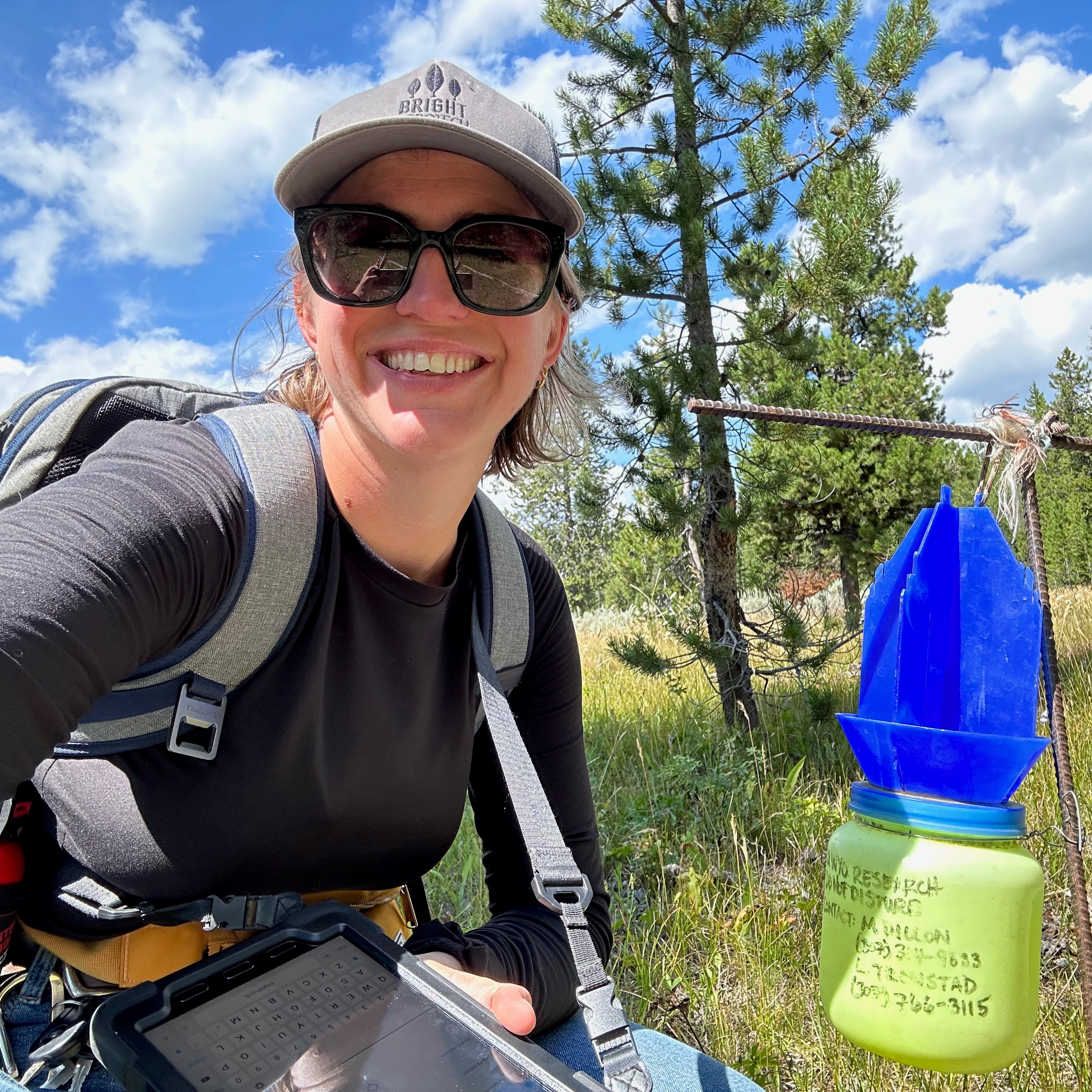
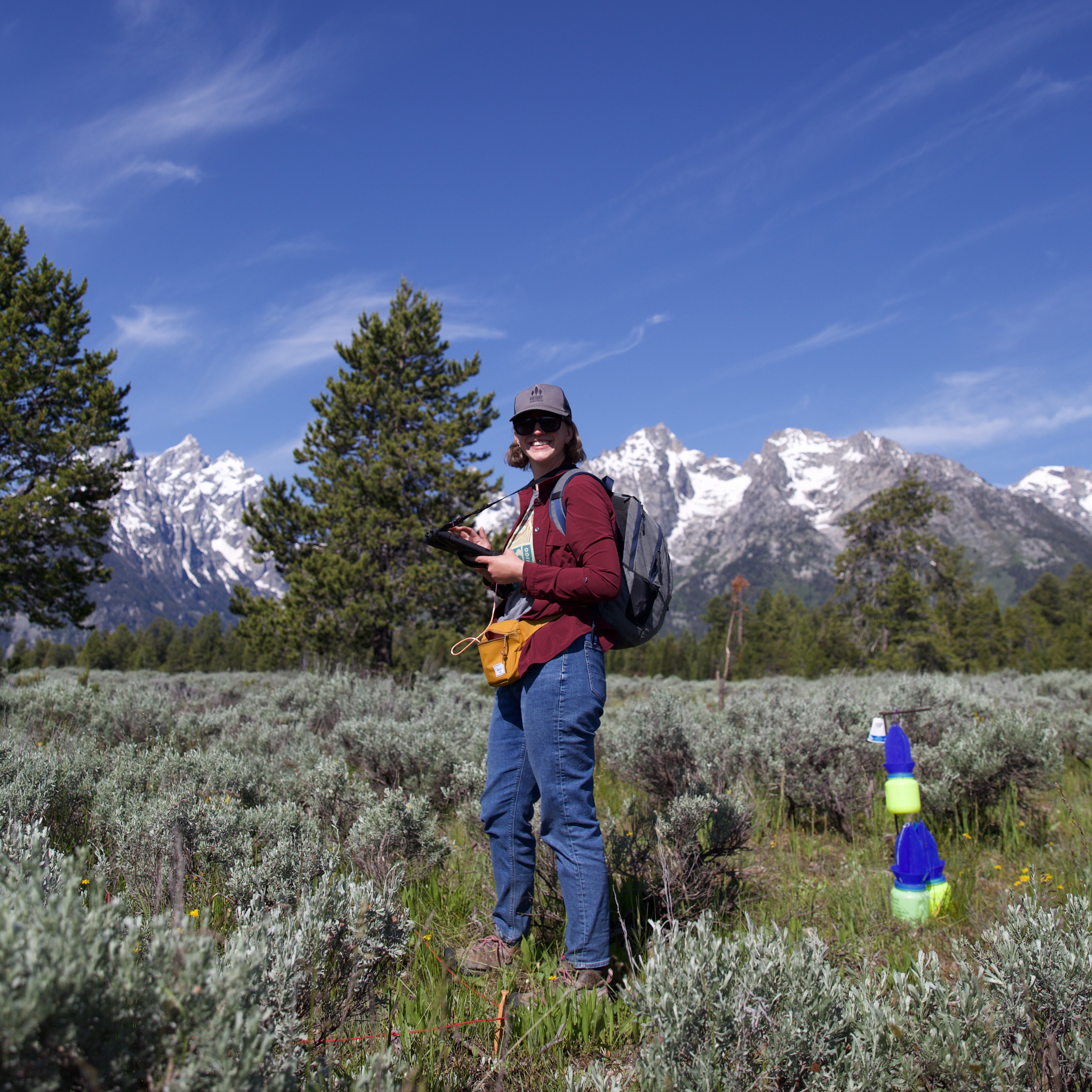
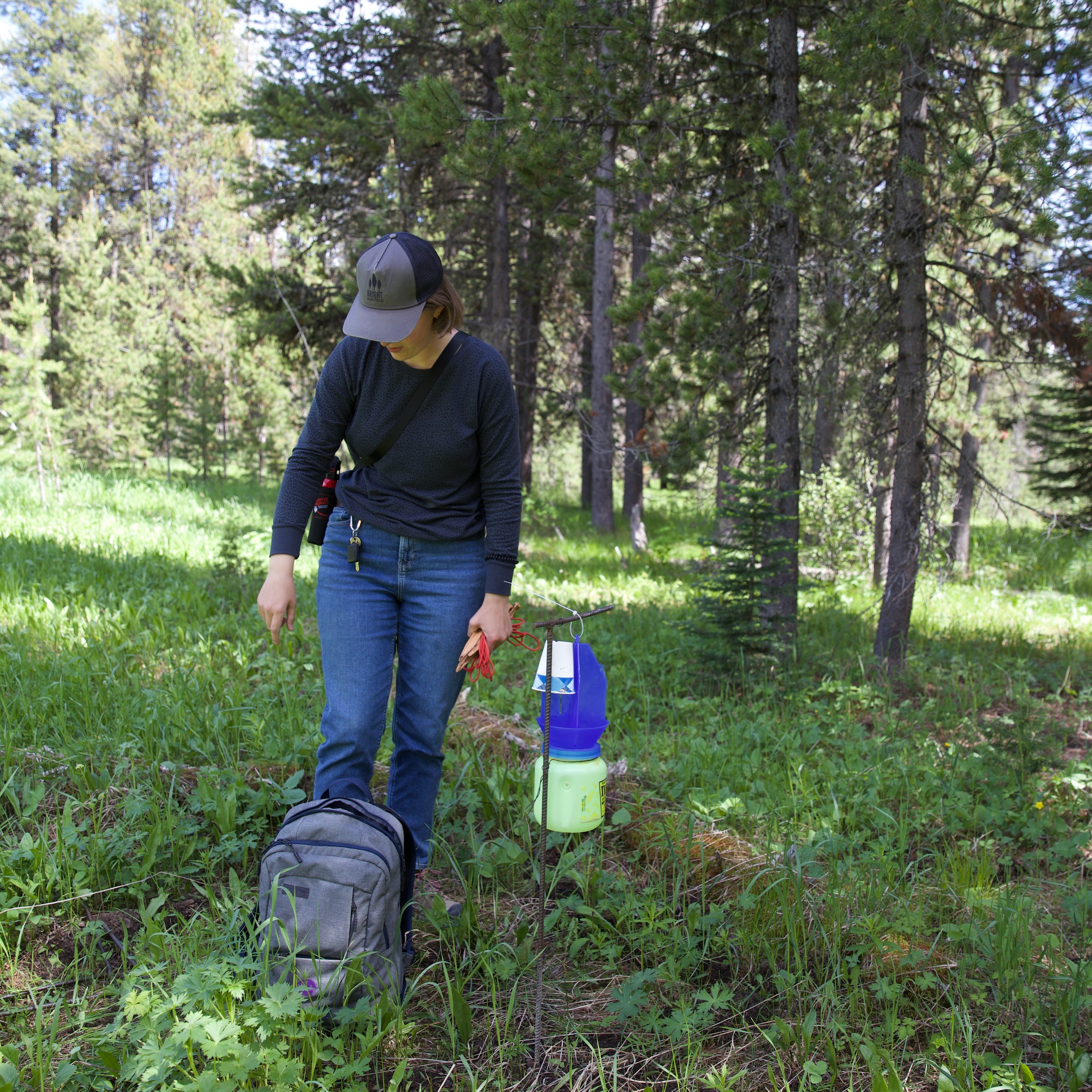
Research Highlights
